Rocksmith 2014 Review
By simply adding 2014 to the end of Rocksmith, Ubisoft immediately set off alarm bells that this was more of an update than a true sequel, perhaps with a few more songs and the occasional added game mode. The truth, however, is that Rocksmith 2014 is a far superior creation to its predecessor, which considering how highly the original Rocksmith was rated, is not a statement made lightly.
Before we talk about what makes Rocksmith 2014 great, best to clarify exactly what you’ll need to get the started. Firstly, you will need a genuine electric guitar or bass - this is no Guitar Hero, this is the real deal. You’ll also need the Rocksmith Real Tone Cable, a ¼ inch jack-to-USB, which connects your instrument to your machine. You should get this bundled in with the retail game if you are buying on console (although we would advise double checking the fine print), but bear in mind that if you are a PC gamer buying on Steam, you’ll need to buy this separately.
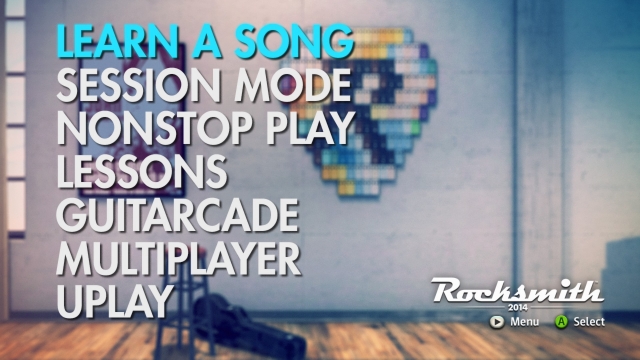
That’s what you’ll need to get started, but perhaps one more thing bears mentioning. This is NOT a game. It’s great fun certainly, but a game it is not. While the original 2012 Rocksmith (or 2011 if you live in North America…) definitely had a ‘gamey’ vibe, with practicing for and performing concerts, followed by an award of millions of points and earning ranks. Rocksmith 2014 dispenses with all this and provides you with a simple interface and a number of options, all designed to improve your playing.
To start you need to decide exactly what it is you want to learn, and there are three choices to choose from. Bass guitar, which was added later in the day in Rocksmith, is available at the outset in the 2014 edition. Worth noting that you can use a real bass, or you can ‘emulate’ the bass using a six-string guitar. Full guitar support is there too, but further refined in that it has been split down the middle, allowing you to practice both rhythm guitar and lead guitar separately. Of course, it’s not the case that you are limited to just one, as you can switch at any time and gradually learn all three if it suits you.
While most people will want to jump straight into jamming to their favourite songs, the first port of call for beginners, or even for skilled players looking to brush up on their techniques, should be the lessons. Different lesson packages exist for each instrument/style and start with basics like how to hold your instrument, going all the way up to specialist and masterclass techniques such as equipment maintenance and good old bass guitar pop-n’-slap.
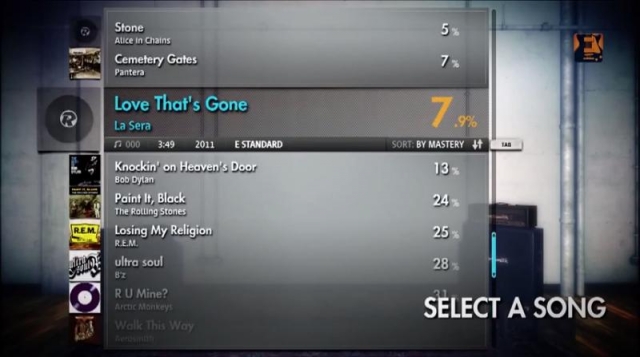
These lessons are very well presented, with a mix of audio, video, demonstration and interactive practice. Depending on how well you do in the practice you are given a completion percentage, which helps you see where you are doing well and where you need to improve.
Once you've learned the basics, however, you are going to want to play some tracks, and Rocksmith 2014 has an impressive list of rock, metal, punk, grunge, prog, funk,… lots of different genres of music to choose from. Tracks range in difficulty and the software itself can list them in a recommended order, or you can just pick from your favourites and jump straight in.
This is where you’ll notice Rocksmith 2014’s dynamic difficulty coming into play the most. The first couple of times you play a track you’ll get a simplified version, to ease you into it and assess your performance. The better you do, the more complex the arrangement will become as you move towards mastery, teaching you the full arrangement slowly but surely, or in just a couple of runs, depending on how well you manage.
At least, that’s how it worked in old Rocksmith. New Rocksmith goes even further. Each song is actually broken down into a large number of component sections, or ‘riffs’, and the software analyses your performance on each riff entirely separately so it can recognise the specific areas of the song you are nailing and on which parts you are wailing, and build up the difficulty on a riff-by-riff basis rather than overall.
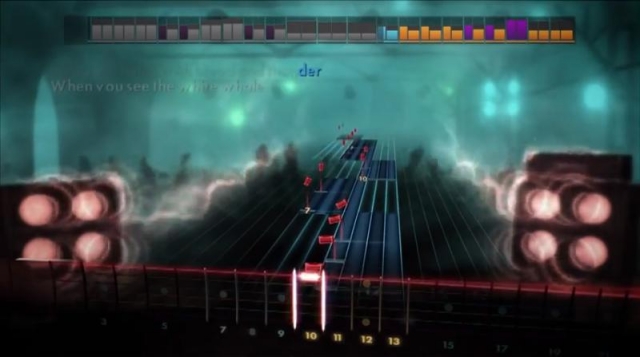
Also, the software checks your overall performance and gives you up to three recommendations on how to improve for each specific song. If it notices you are struggling on slides, it may recommend that you do the associated practice lesson, try out a minigame focusing on slides, or enter riff-repeat mode; which allows you to select specific parts of songs and play them over and over until you are satisfied.
In fact, the biggest challenge to be faced when learning the ropes is Rocksmith’s own visual interface, which involves using colour codes for strings and visual queues for fret positioning. If you jump straight into playing songs you’ll have no clue what you are doing, so easing yourself in via lessons is a must. Even then, it can be overwhelming until you start getting used to it, even for experienced musicians. It’s worth the investment though, as once you understand what you are seeing, the idea of picking one of your favourite songs and being able to play it then and there, without hours of trial and error with poor quality internet tablature, is liberating.
Playing songs is where you will spend most of your time, but there are other areas to keep you busy and improve your playing. A series of 8-bit-style arcade minigames are available, which are all very simple, but subtle and clever in their purpose. For example, one such game is a beat-em-up affair, in which you have to attack enemies by playing notes based on where on the screen they are positioned. It all sounds very simple stuff, but without even thinking about it, the game is teaching you musical scales.
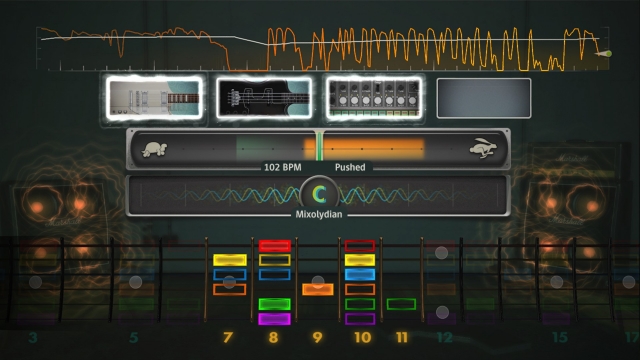
A further mode which is great for the more intermediate and advanced musicians is ‘band mode’. This allows you to create a band based on selecting from a huge range of instruments, select a specific style or genre and set the rhythm of the beat. Once ready, you pick a scale and begin a session in that scale, in which you and your fellow (simulated) musicians jam along with each other to your hearts content.
If one criticism can be thrown at Rocksmith 2014, it is the interface. Firstly, it has clearly been designed specifically for the console versions, so while those of you with Xbox 360’s and PS3s won’t have much of an issue in controlling things, PC users will struggle if they even attempt to use the mouse. Many of the selectable items (such as the Rocksmith Recommends items) cannot be clicked on, and it’ll take you a while to realise they have to be highlighted with the arrow keys and activated with the ‘enter’ key instead. Well, it would of taken ages, but aren't you glad you read this review?
There are also a number of things you can do that the software and its instructions don’t make obvious. For example, one criticism from advanced musicians is that you cannot manually set the difficulty of a song and have to play through the easy versions a couple of times to get there. However, that isn't true; if you go into riff repeat mode, select the entire song and increase the riff difficulty for the whole thing, it sets the difficulty for the whole song at max from then on in. It’s not exactly intuitive and you are never told you can do this and only likely to discover it by accident. Again, unless you read this review, in which case you are welcome :).

One final criticism is that sometimes the ‘simplified’ version of the song can be a little more difficult to play than the advanced version, as the omitted notes can affect the flow and rhythm. This only happens in the minority of tracks though, and if that is the only thing messing with your performance then chances are you are about to level up the difficulty anyway.
Despite these few gripes, Rocksmith 2014 is the definitive software package when it comes to learning bass, lead or rhythm guitar. It will take a while to get to grips with the visual queues the game feeds you, but once you've overcome that hurdle you’ll go from rank amateur to shredding like a pro in a flash. It’s far quicker than trying to self-teach, and far cheaper than paying for expensive lessons. Whether you are a beginner or a pro, Rocksmith 2014 can and will improve your playing.
Rocksmith 2014 (Reviewed on Xbox 360)
Excellent. Look out for this one.
Rocksmith 2014 is the definitive software package when it comes to learning bass, lead or rhythm guitar. It will take a while to get to grips with the visual queues the game feeds you, but once you've overcome that hurdle you’ll go from rank amateur to shredding like a pro in a flash.





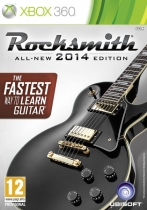







COMMENTS